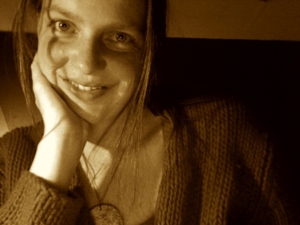It’s ALL in the Details

As writers, we often think about writing “universally” — whether that means connecting to universal human themes or attempting to reach the largest possible audience. In this, we sometimes fall into the trap of generalities, thinking that we need to speak to those themes directly or that we need to remain more objectively distant to increase our reach. But when reading, I’m often most struck by minute details– be it a beautiful concrete image, a punchy line of dialogue, or a character trait that feels both idiosyncratic and real. Could it be that the more specific we are, the more universal we are, too?
Our everyday experience, though sometimes monotonous or repetitive, is full of rich, specific detail. Be it the sound of cereal hitting the bottom of our morning bowl or the strange, muffled cry of a siren passing our car, specificity is the norm, not the exception. As a teacher, I often come across passages in burgeoning writer’s work that seem to replace those details with grand statements, often meant to create deep emotional experiences for their readers. The truth is, these generalities leave me feeling far less than a concrete detail might. Don’t tell me your character felt saddened by the sight of a long-lost friend; instead, let me see what he sees in her face, right there in front of him. Let me remember what she once looked like under the strange transformation of that face he hasn’t seen in so long. By embodying the concrete fact of her features, we will better feel his sadness in those changes because we, too, will have experienced this many times, perhaps even in the mirror, ourselves. The best writing will never have to tell us how a character feels, but will describe the people, places, and objects so vividly that we’ll know. It’ll be as if we walked into a dinner party and read the room ourselves– intuitively, based only on what we sense.
Just like in real life, we don’t usually go around asking or telling people how we feel, but rather, we see it in an expression, feel it in a movement, or hear it in the phrase a person chooses to say in a certain moment. These are the details that clue us into what’s really happening, under the surface, and at their best, a writer should show us the most telling details in every scene.
ABOUT MEGAN: Megan Rich is the author of two books, a YA novel and a travel memoir. She’s currently revising her third book, a literary-fiction novel inspired by The Great Gatsby. Meg is a graduate of University of Michigan, where she participated in a highly-selective creative writing program, and a recent graduate of the Lighthouse Writers Workshop Book Project Program in Denver, Colorado. She has taught creative writing for twelve years, working with students of all ages and in all genres. Meg pioneered Charlotte Lit’s weekly Pen to Paper writing group and serves as a coach in Charlotte Lit’s Authors Lab program.
DIVE INTO THE DETAILS WITH MEGAN: Join Meg for the The Art of Detail, a 4-week studio immersion that includes asynchronous lessons and course content, and two live Zoom sessions. More information is here.
